
Engines Renault Sandero, Sandero Stepway
Content
- Brief description of Renault Sandero and Sandero Stepway
- Overview of engines on various generations of cars
- Renault Sandero powertrains
- Power units Renault Sandero Stepway
- Popular motors
- Which engine is better to choose Renault Sandero and Sandero Stepway
- Reliability of engines and their weaknesses
- Maintainability of power units
- Tuning engines Renault Sandero and Sandero Stepway
- Swap engines
- Purchase of a contract engine
Renault Sandero is a class B five-door subcompact hatchback. The off-road version of the car is called the Sandero Stepway. The cars are based on the Renault Logan chassis, but they are not officially included in the family. The appearance of the car is presented in the spirit of Scenic. The machine is equipped with engines of not too high power, which are fully consistent with the class of the vehicle.
Brief description of Renault Sandero and Sandero Stepway
The development of Renault Sandero began in 2005. Car production started in December 2007, at factories located in Brazil. A little later, a car under the brand name Dacia Sandero began to be assembled in Romania. Since December 3, 2009, the production of cars has been established at a plant in Moscow.
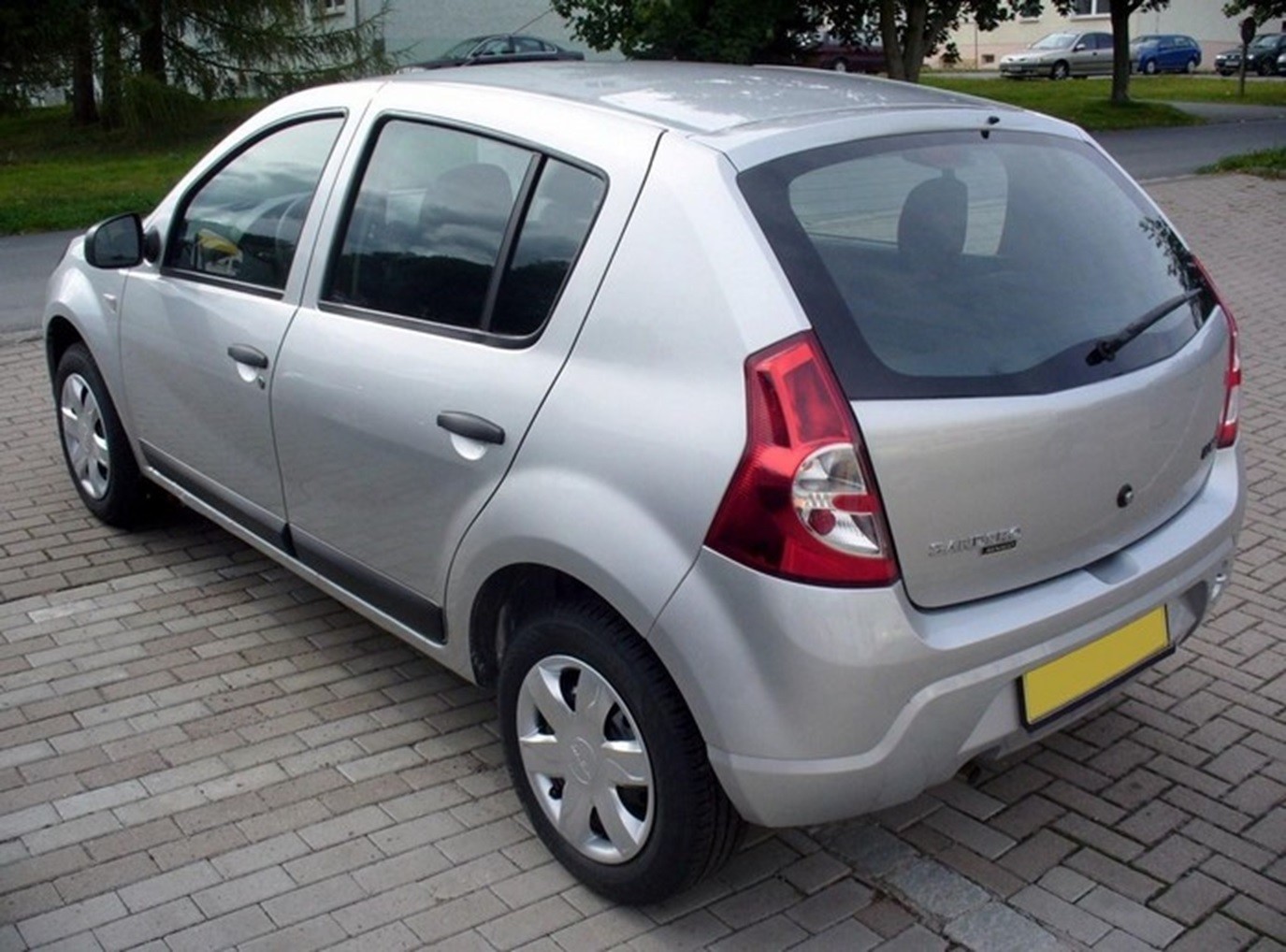
In 2008, an off-road version was introduced in Brazil. She received the name Sandero Stepway. The car's ground clearance has been increased by 20 mm. It differs from the basic Stepway model by the presence of:
- new shock absorbers;
- reinforced springs;
- massive wheel arches;
- roof rails;
- decorative plastic thresholds;
- updated bumpers.

In 2011, Renault Sandero was restyled. The changes mostly affected the appearance of the car. The car has become more modern and plastic. Slightly improved aerodynamics.
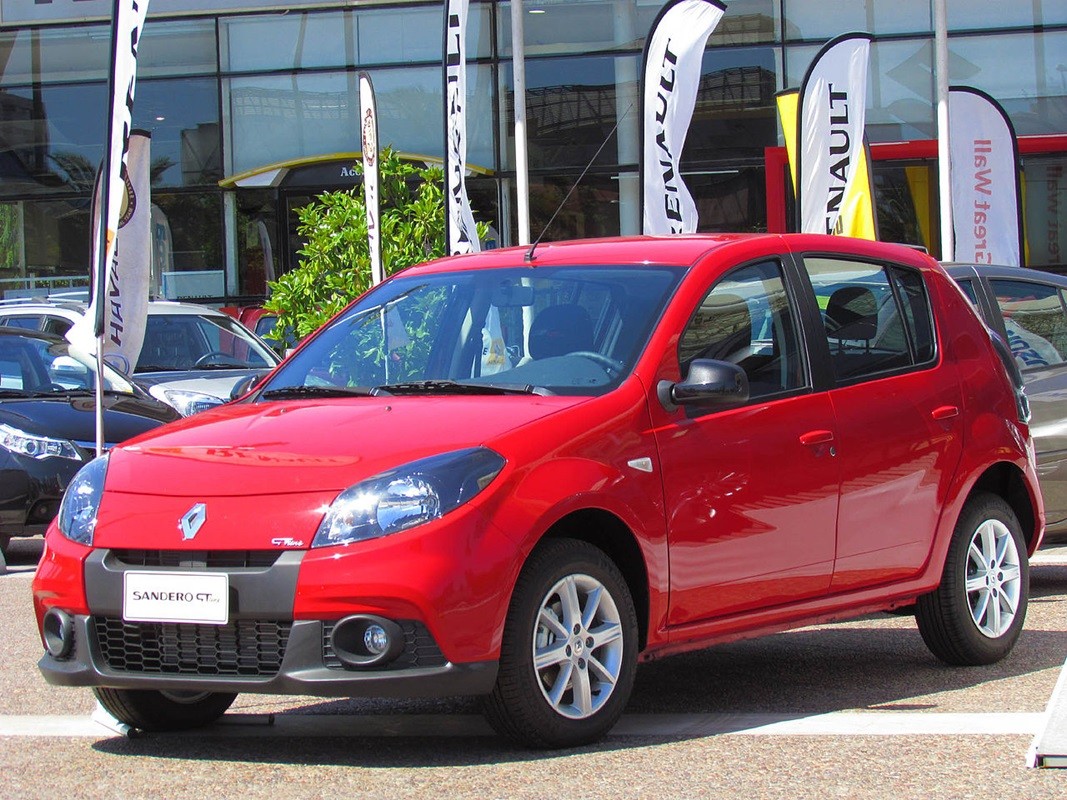
In 2012, the second generation Renault Sandero was presented at the Paris Motor Show. The Clio base was used as the basis for the car. The interior of the car is made using exclusively high quality materials. The car went on sale in several trim levels.
Simultaneously with the base model, the second generation Sandero Stepway was released. The interior of the car has become more ergonomic. In the car, you can find air conditioning and power windows in the front and rear rows. Another plus is the presence of cruise control, which is not so common on cars of this class.

Overview of engines on various generations of cars
Only Renault Sandero with gasoline engines are supplied to the domestic market. On foreign cars, you can often find diesel internal combustion engines and engines that run on gas. All power units cannot boast of high power, but are able to provide acceptable dynamics in various operating conditions. You can get acquainted with the engines used on Renault Sandero and Sandero Stepway using the tables below.
Renault Sandero powertrains
| Car model | Installed motors |
|---|---|
| Renault Sandero 2009 | K7J K7M K4M |
| Renault Sandero 2012 | D4F K7M K4M H4M |
| Renault Sandero restyling 2018 | K7M K4M H4M |
Power units Renault Sandero Stepway
| Car model | Installed motors |
|---|---|
| Renault Sandero Stepway 2010 | K7M K4M |
| Renault Sandero Stepway 2014 | K7M K4M H4M |
| Renault Sandero Stepway restyling 2018 | K7M K4M H4M |
Popular motors
In early Renault Sandero cars, the K7J engine gained popularity. The motor has a simple design. Its cylinder head contains 8 valves without hydraulic lifters. The disadvantage of the engine is the high fuel consumption, taking into account the volume of the working chamber. The power unit is able to work not only on gasoline, but also on gas with a drop in power from 75 to 72 hp.
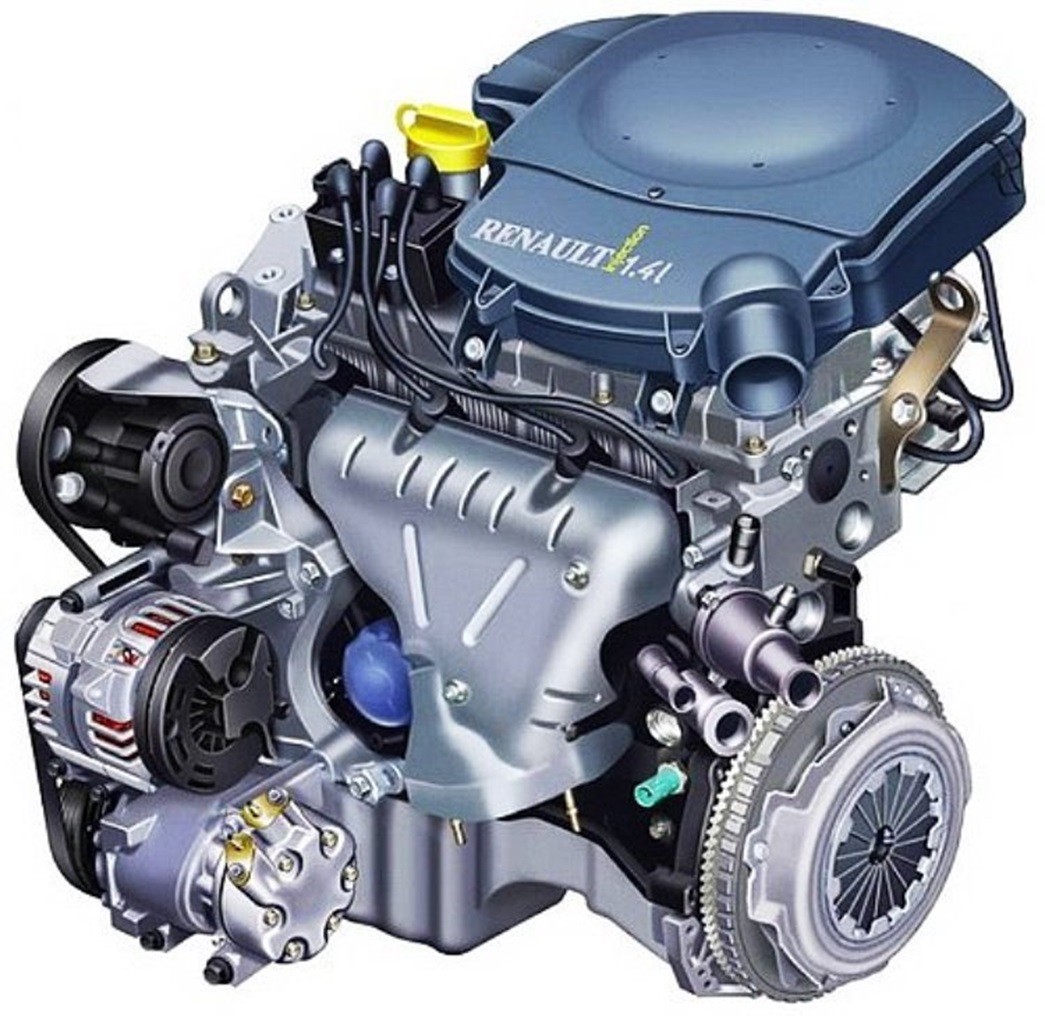
Another popular and time-tested engine was the K7M. The engine has a volume of 1.6 liters. The cylinder head contains 8 valves without hydraulic lifters with a timing belt drive. Initially, the motor was produced in Spain, but since 2004, production has been completely transferred to Romania.
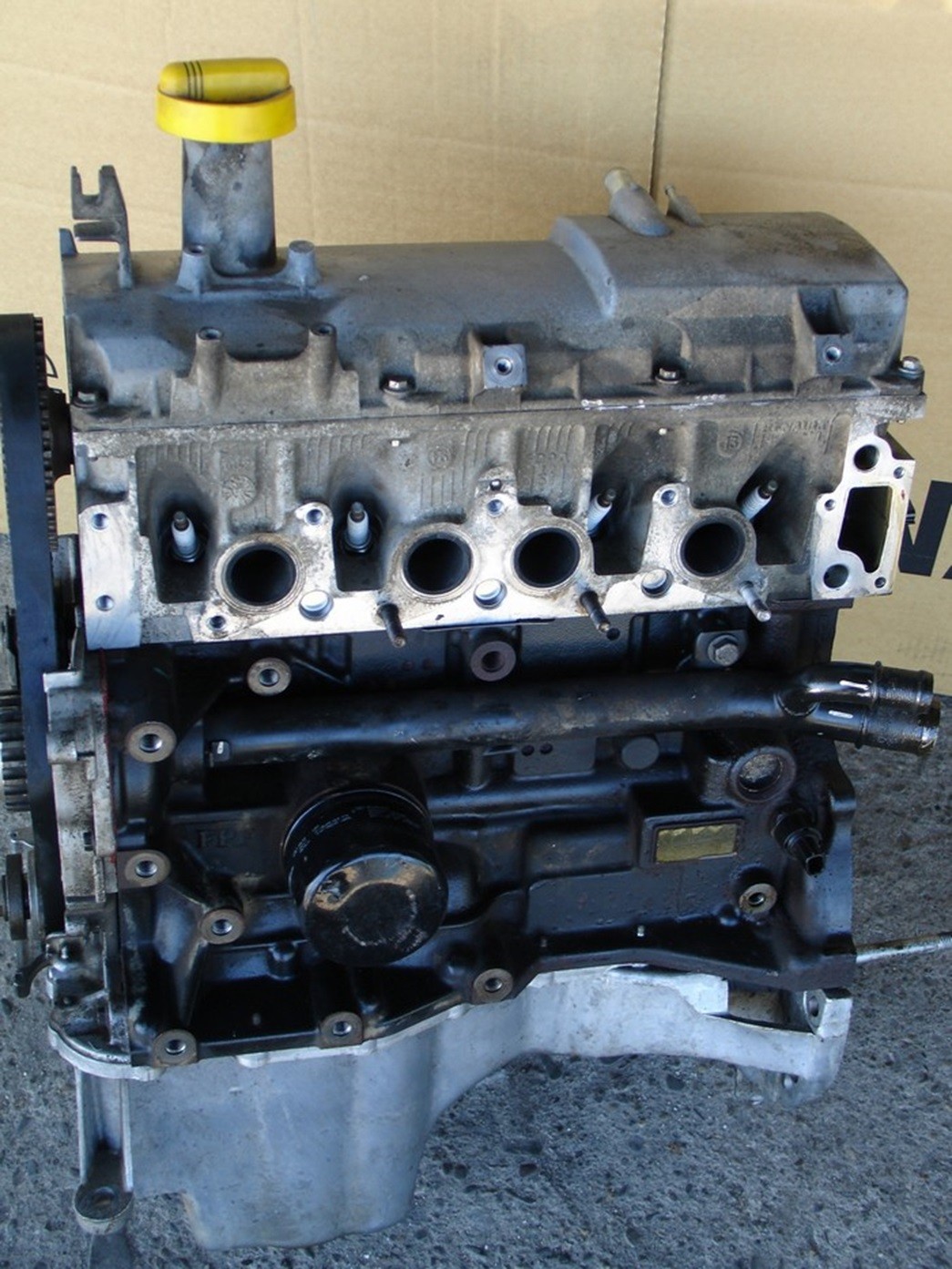
Under the hood of Renault Sandero you can often find a 16-valve K4M engine. The motor is assembled not only in Spain and Turkey, but also at the facilities of AvtoVAZ plants in Russia. The design of the internal combustion engine provides for two camshafts and hydraulic lifters. The motor received individual ignition coils, instead of one common one.
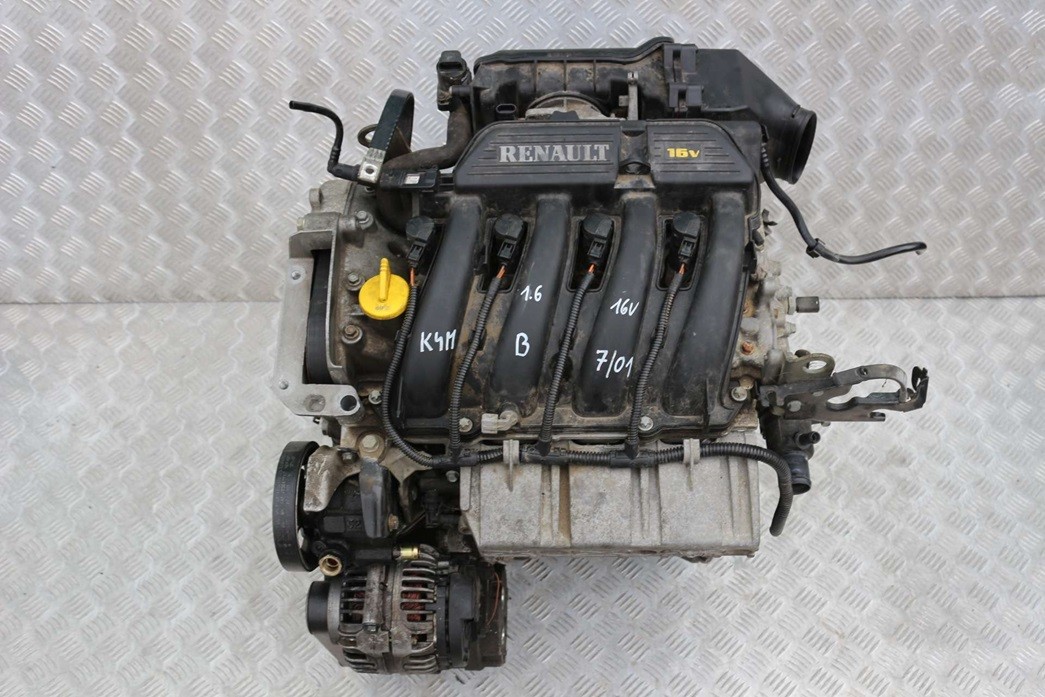
On later Renault Sanderos, the D4F engine is popular. The motor is compact. All 16 valves that require periodic adjustment of the thermal gap open one camshaft. The motor is economical in urban use and can boast of reliability and durability.
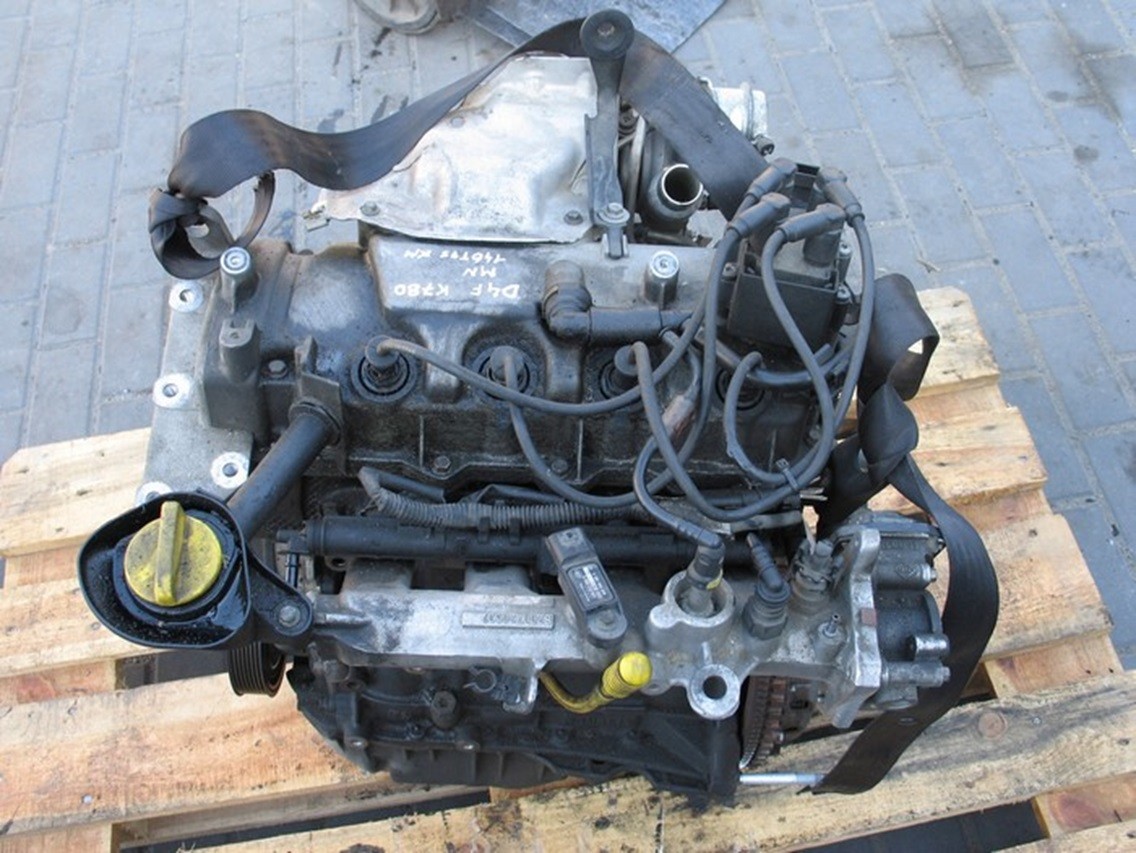
The H4M engine was developed by Renault jointly with the Japanese concern Nissan. The motor has a timing chain drive and an aluminum cylinder block. The fuel injection system provides for two nozzles per cylinder. Since 2015, the power plant has been assembled in Russia at AvtoVAZ.
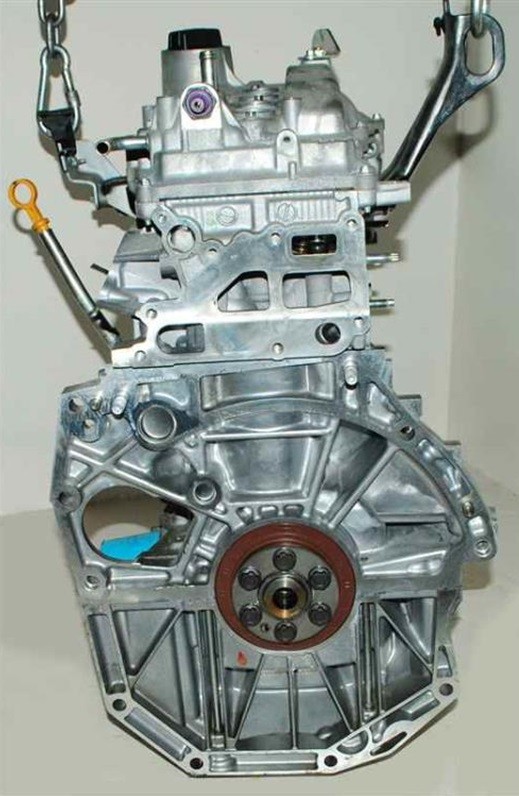
Which engine is better to choose Renault Sandero and Sandero Stepway
When choosing a Renault Sandero from early years of production, it is recommended to give preference to a car with an engine that has a simple design. Such a motor is the K7J. The power unit, due to its considerable age, will present minor malfunctions, but still show itself well in operation. The motor has a large selection of new and used spare parts and almost any car service will take up its repair.

Another good option would be Renault Sandero or Sandero Stepway with K7M engine. The motor shows a resource of more than 500 thousand kilometers. At the same time, the engine is not particularly sensitive to low octane fuel. The power unit regularly worries the car owner with minor problems, but serious breakdowns are extremely rare. During operation, the internal combustion engine on used cars usually makes increased noise.
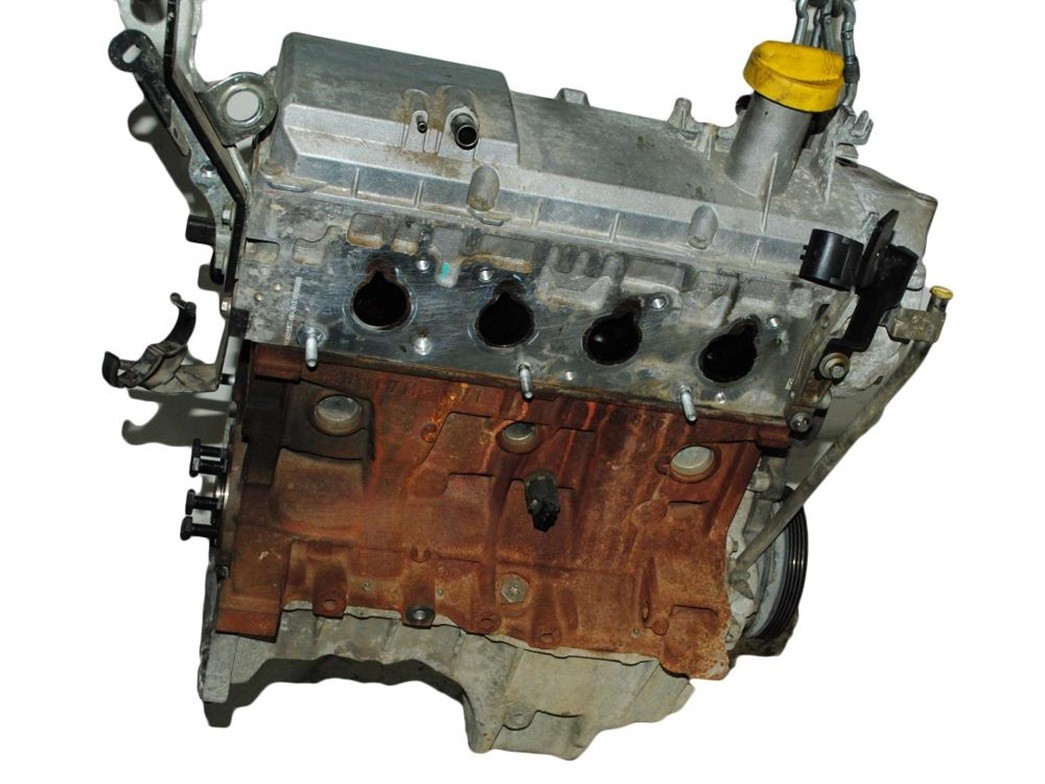
If there is no desire to engage in regular adjustment of the thermal clearance of the valves, it is recommended to take a closer look at the Renault Sandero with the K4M engine. The motor, despite its obsolescence, can boast of a well-thought-out design. ICE is not picky about the quality of fuel and oil. Nevertheless, timely maintenance can extend the life of the motor to 500 thousand km or more.
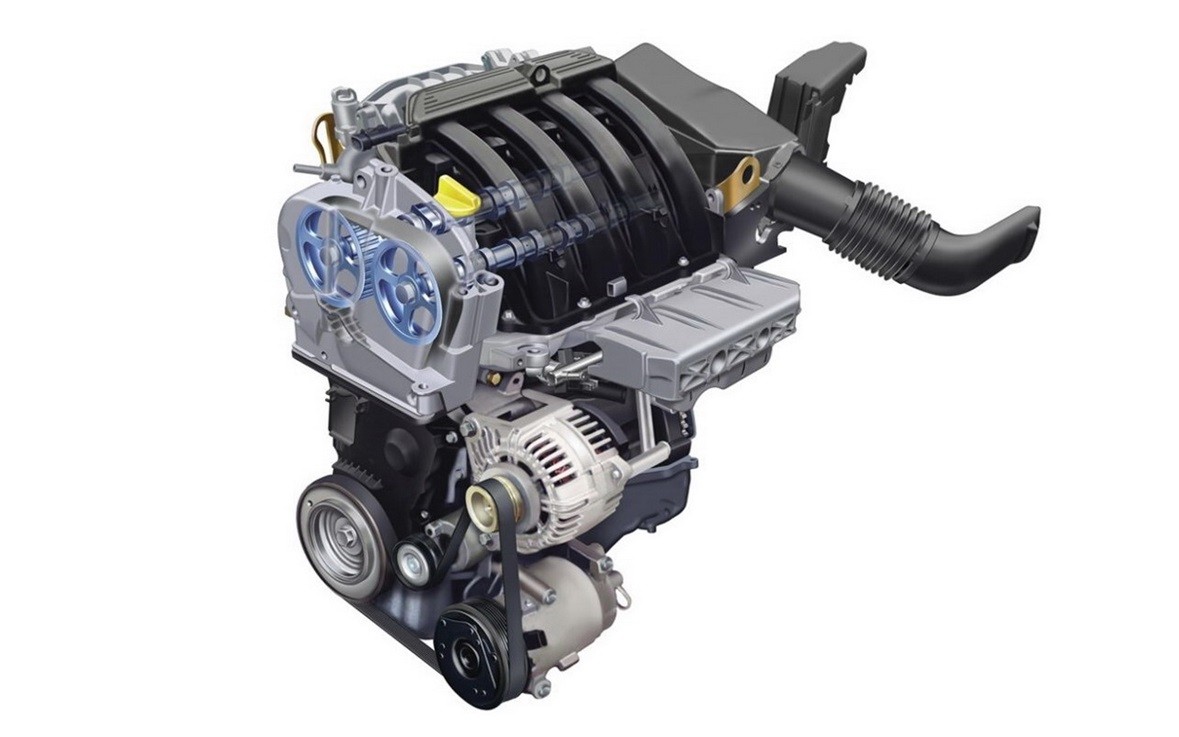
For predominantly urban use, it is recommended to choose a Renault Sandero with a D4F engine under the hood. The motor is relatively economical and demanding on the quality of gasoline. The main problems of internal combustion engines are related to age and failure of electrics and electronics. In general, the power unit rarely throws up serious damage.
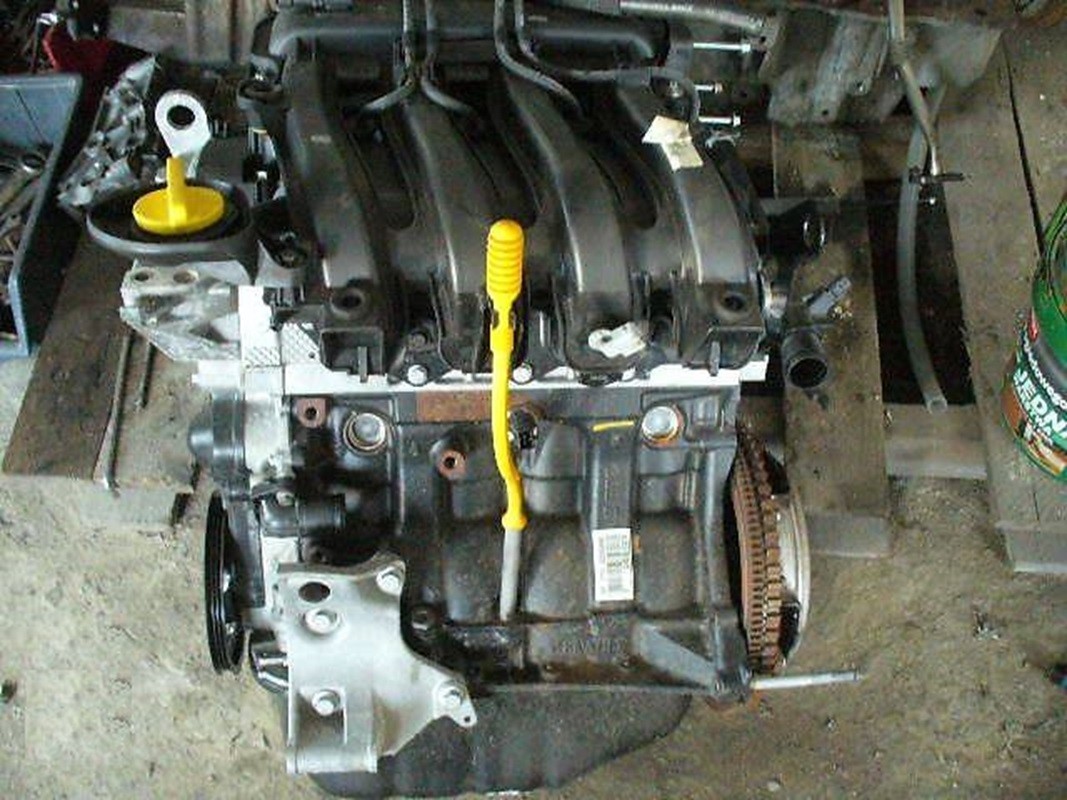
When operating Renault Sandero in regions with a warm climate, a car with an H4M power unit would be a good choice. The engine is unpretentious in operation and maintenance. Problems usually arise only when trying to start in cold weather. The power unit boasts a wide distribution, which simplifies the search for spare parts.
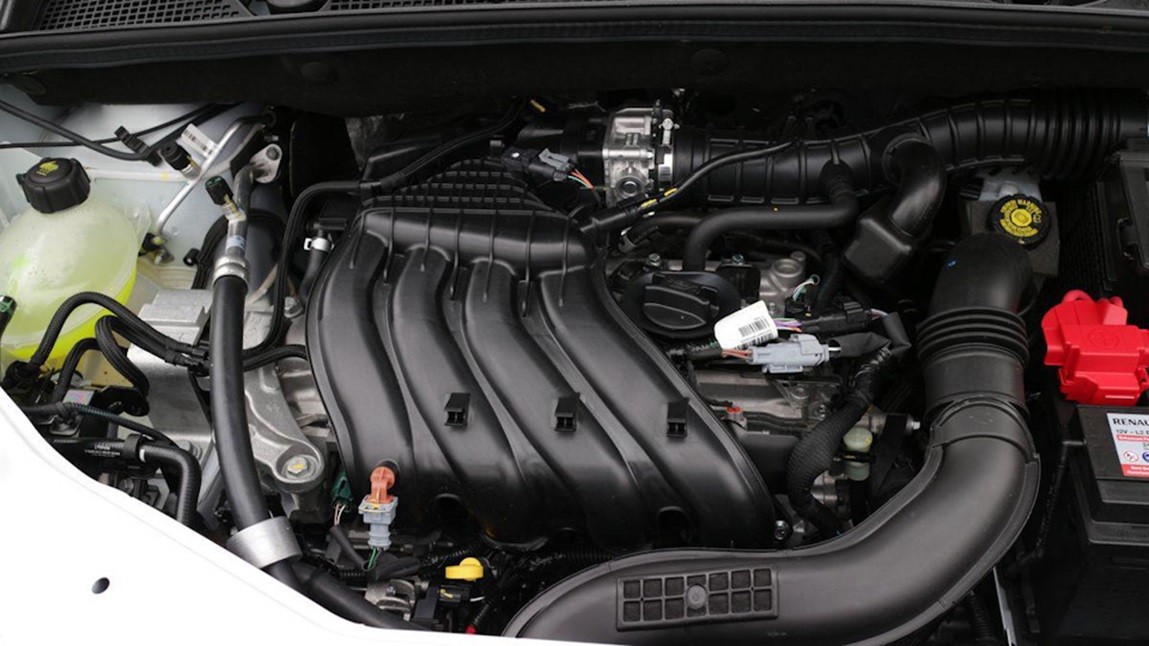
Reliability of engines and their weaknesses
Renault Sandero uses reliable engines that are devoid of serious design flaws. Motors can boast of good reliability and high durability. Breakdowns and weaknesses usually appear due to the considerable age of the internal combustion engine. So, for example, engines with a mileage of more than 300 thousand km have the following problems:
- increased oil consumption;
- damage to ignition coils;
- unstable idle speed;
- throttle assembly contamination;
- coking of fuel injectors;
- antifreeze leak;
- pump wedging;
- valve knocking.
Renault Sandero and Sandero Stepway engines are not particularly sensitive to the quality of the fuel used. Still, long-term operation on low-grade gasoline has its consequences. Carbon deposits form in the working chamber. It can be found on the piston and valves.
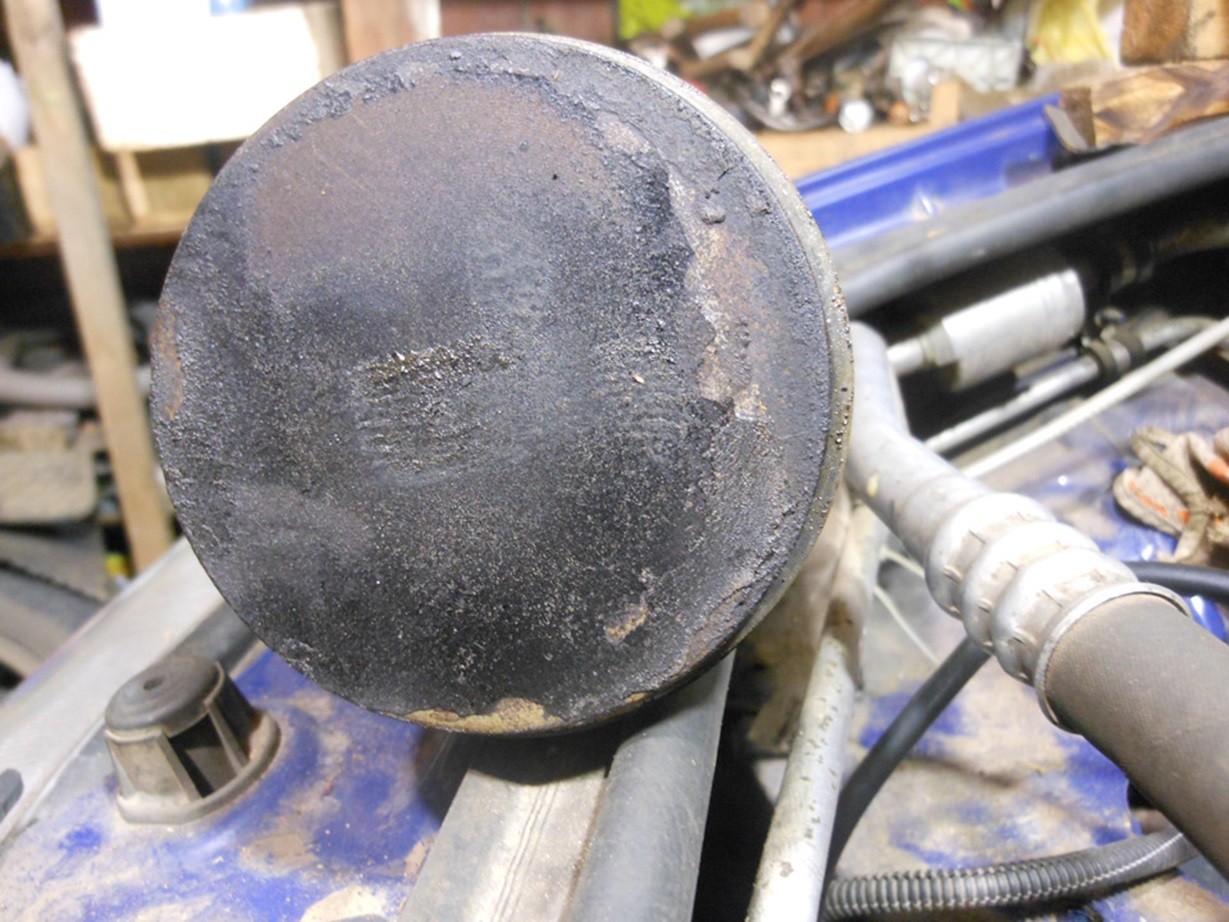
The formation of soot is usually accompanied by the occurrence of piston rings. This leads to a drop in compression. The engine loses traction, and fuel consumption increases. It is usually possible to solve the problem only by rebuilding the CPG.
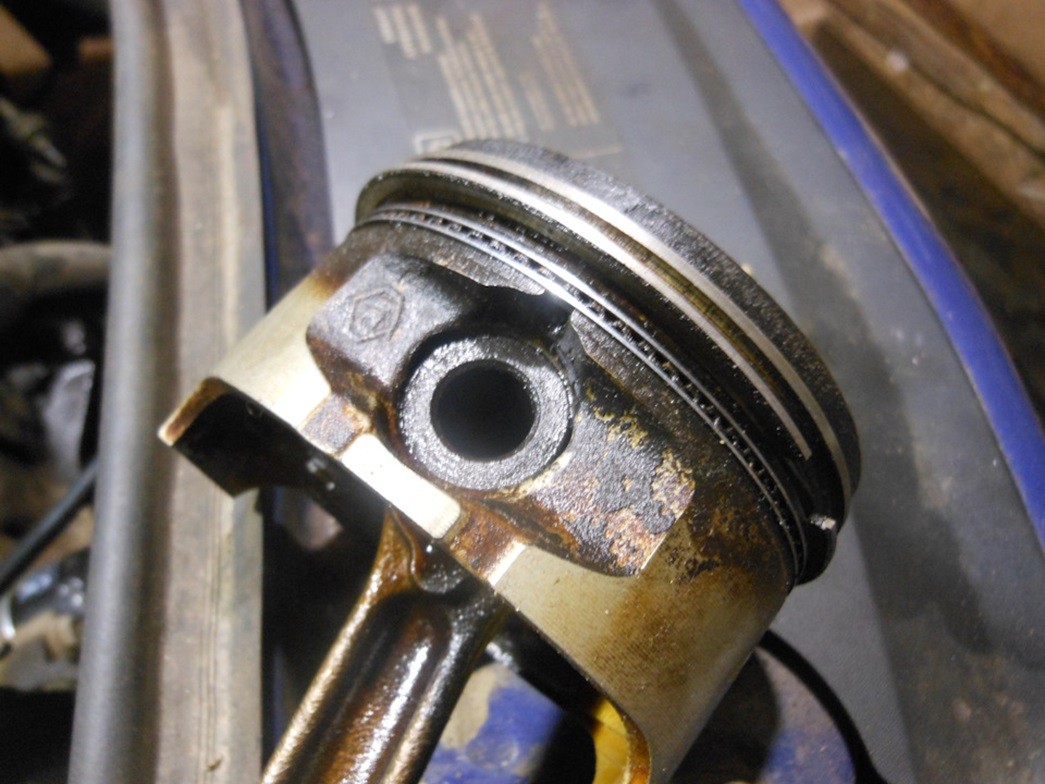
This problem is more typical for Sandero Stepway. The car has the appearance of a crossover, so many operate it as an SUV. Weak crankcase protection often does not withstand bumps and obstacles. Its breakdown is usually accompanied by the destruction of the crankcase.
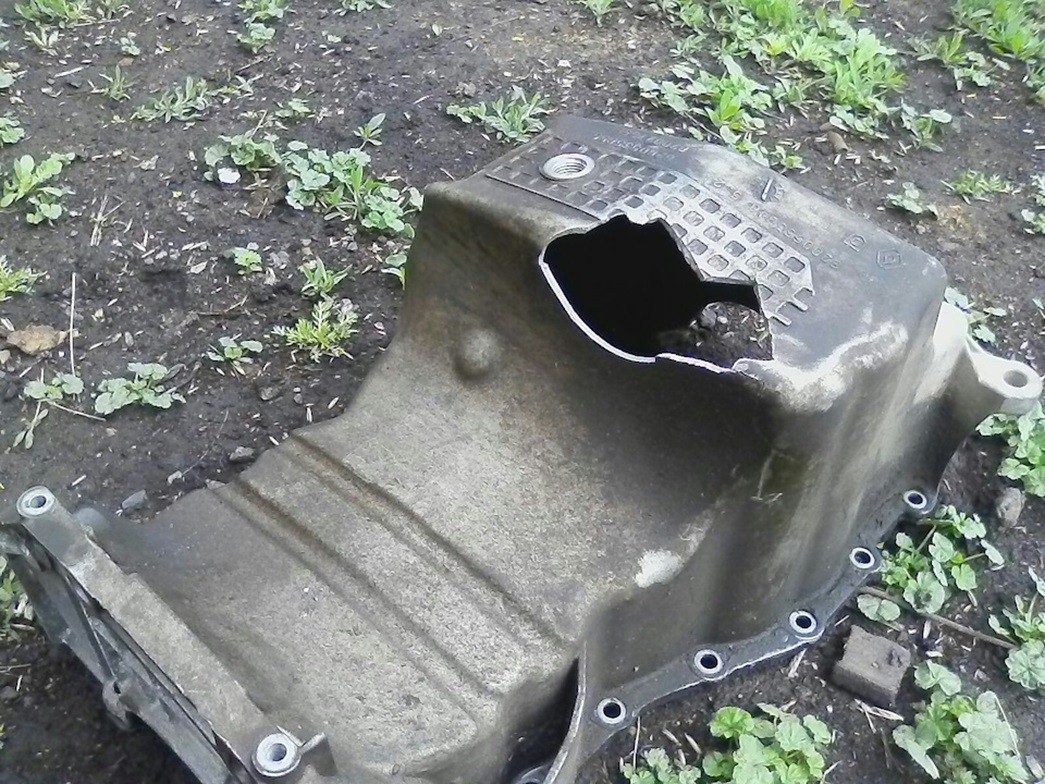
Another problem with off-road operation of the Sandero Stepway is the ingress of water into the motor. The car does not tolerate even a small ford or overcoming puddles at speed. As a result, the CPG is damaged. In some cases, only major repairs help to eliminate the consequences.
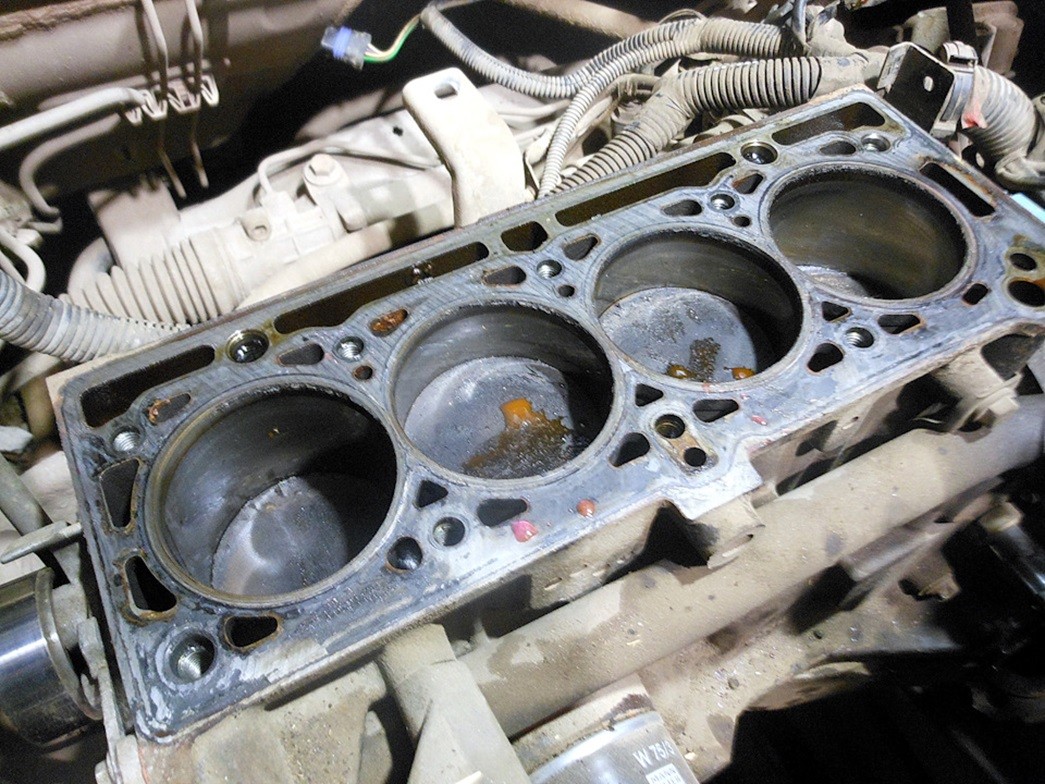
Maintainability of power units
Most Renault Sandero engines have a cast iron cylinder block. This has a positive effect on maintainability. The only exception is the popular H4M motor. He has a cylinder block cast from aluminum and lined. With significant overheating, such a structure is often deformed, significantly changing the geometry.
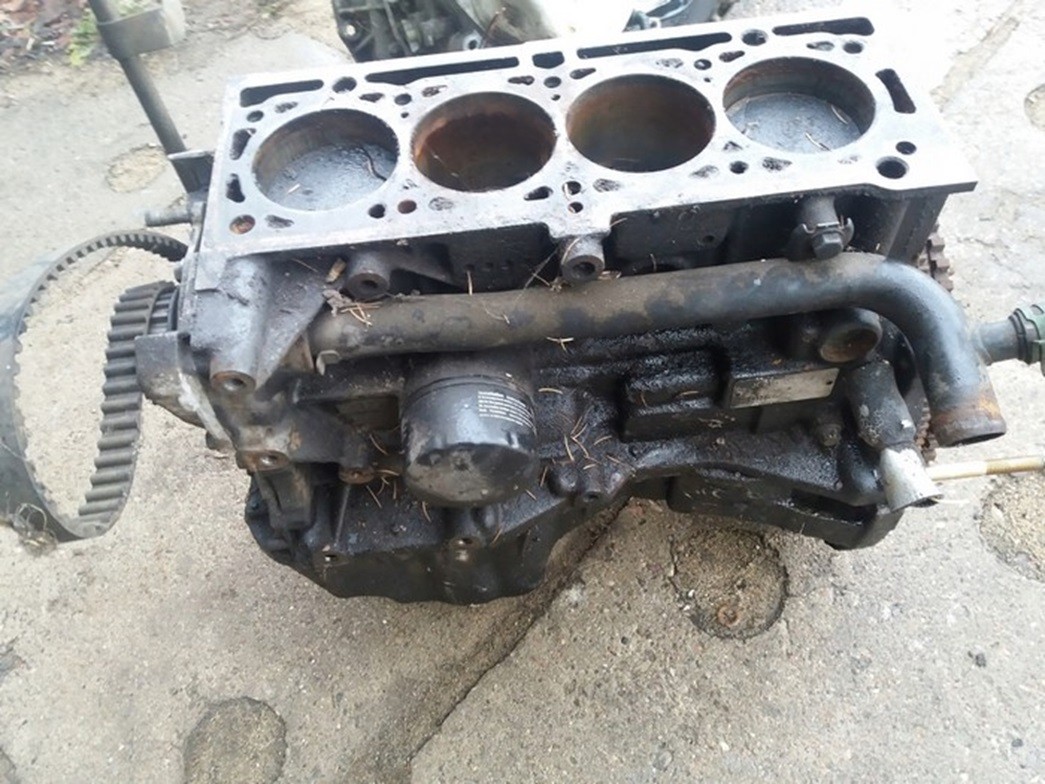
With minor repairs, there are no problems with Renault Sandero engines. They take it in almost any car service. This is facilitated by the simple design of motors and their wide distribution. On sale it is not a problem to find any new or used spare part.
There are no big problems with major repairs. Parts are available for every popular Renault Sandero engine. Some car owners purchase contract engines and use them as a donor for their own engine. This is facilitated by the high resource of most ICE parts.

The widespread use of Renault Sandero engines has led to the emergence of a mass of spare parts from third-party manufacturers. This allows you to select the required parts at an affordable price. In some cases, analogues are stronger and more reliable than original spare parts. Still, ceteris paribus, it is better to give preference to branded products.
Particular attention on Renault Sandero engines should be paid to the condition of the timing belt. Jamming of the pump or roller leads to its excessive wear. A broken belt on all Renault Sandero engines leads to a meeting of pistons with valves.
Elimination of the consequences is a very expensive matter, which may not be entirely appropriate. In some cases, it is more profitable to simply buy a contract ICE.
Tuning engines Renault Sandero and Sandero Stepway
Renault Sandero engines cannot boast of high power. Therefore, car owners resort to one way or another forcing. Popularity has chip tuning. However, he is not able to significantly increase the power of atmospheric engines on the Renault Sandero. The increase is 2-7 hp, which is noticeable on the test bench, but does not manifest itself in any way in normal operation.
Chip tuning is not able to significantly increase the power of Renault Sandero, but it can have a good effect on other characteristics of the internal combustion engine. Therefore, flashing is required for people who want to reduce gasoline consumption. At the same time, it is possible to maintain acceptable dynamics. However, the design of the Renault Sandero internal combustion engine does not allow them to be overly economical.
Surface tuning also does not bring a noticeable increase in power. Lightweight pulleys, forward flow and zero resistance air filter give a total of 1-2 hp. If a car owner notices such an increase in power while driving on the road, then this is nothing more than self-hypnosis. For noticeable indicators, more significant intervention in the design is required.
Many car owners use turbocharging when tuning. A small turbine is installed on the aspirator. With a slight increase in power, it is allowed to leave the standard piston. Renault Sandero engines in the standard version are capable of withstanding 160-200 hp. without losing your resource.
Renault Sandero engines are not particularly suitable for deep tuning. The cost of modernization often exceeds the price of a contract motor. Nevertheless, with the right approach, it is possible to squeeze 170-250 hp from the engine. However, after such tuning, the engine often has excessively high fuel consumption.
Swap engines
The impossibility of easily boosting the Renault Sandero's native engine and the impracticality of tuning it by overhauling led to the need for a swap. The engine compartment of a Renault car cannot boast of great freedom. Therefore, it is desirable to choose compact engines for swap. Engines with a volume of 1.6-2.0 liters are considered optimal.
Renault Sandero engines are renowned for their reliability. Therefore, they are used for swap by both owners of domestic cars and budget foreign cars. Mostly power units are installed on cars of the same class. Engine swaps are rarely accompanied by problems, as Renault Sandero engines are famous for their simplicity.
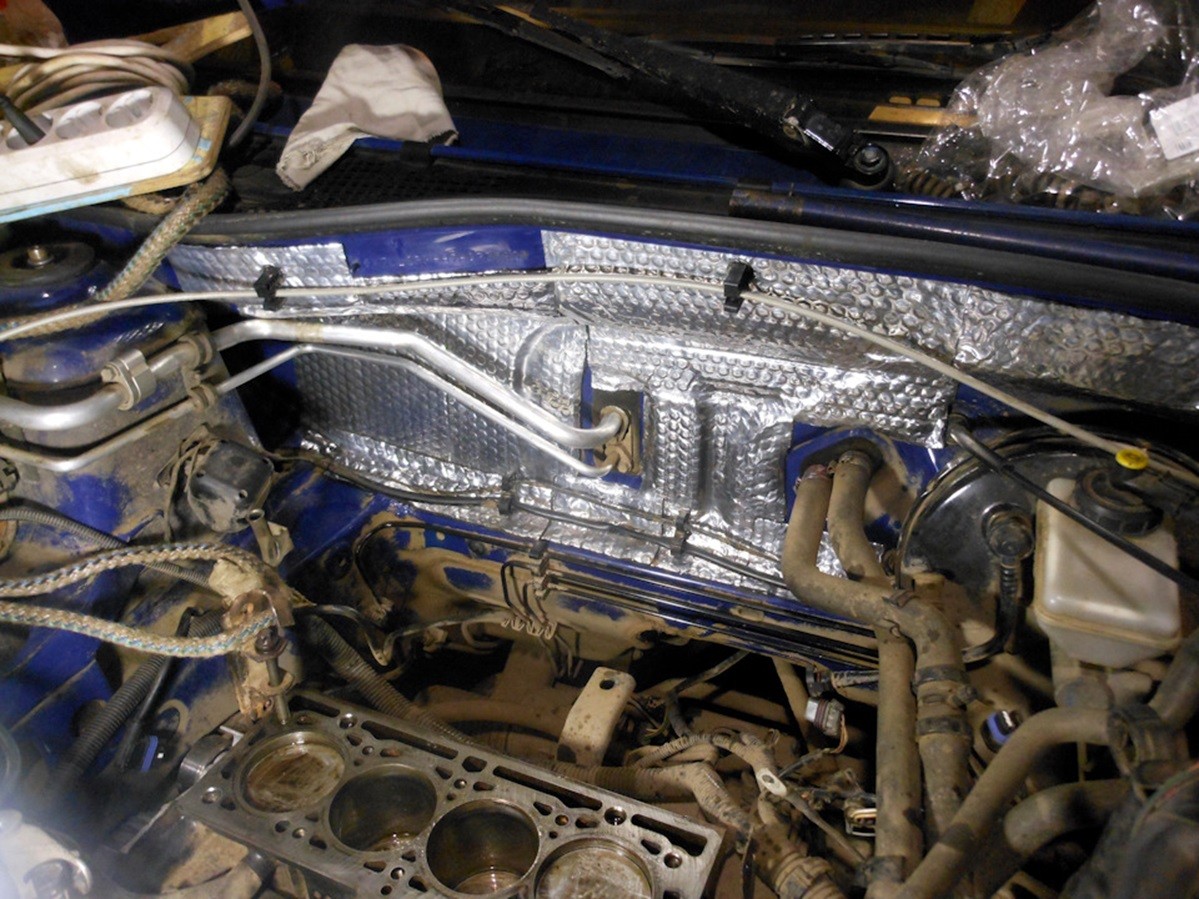

Purchase of a contract engine
Renault Sandero engines are very popular. Therefore, finding any contract motor is not difficult. Power units are purchased both as donors and for swap. ICEs for sale may be in a very different condition.
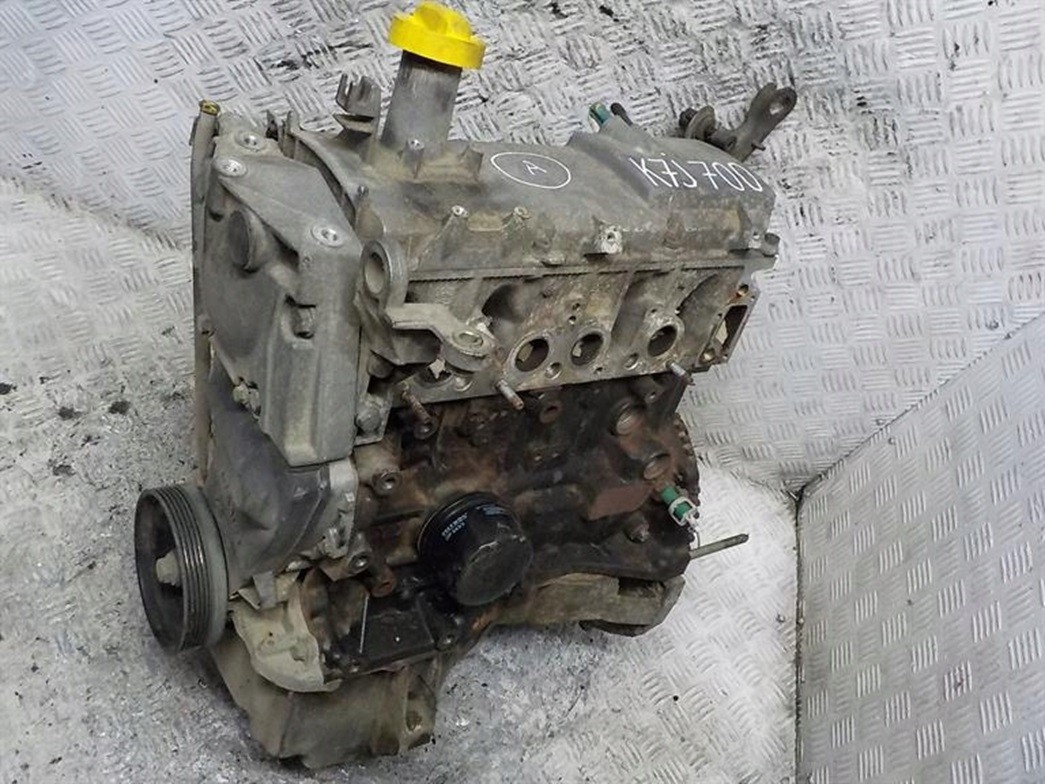

The cost of contract engines depends on many factors. So engines with high mileage from the first generation Renault Sandero cost 25-45 thousand rubles. Newer engines will cost more. So for internal combustion engines of later years of production, you will have to pay from 55 thousand rubles.

